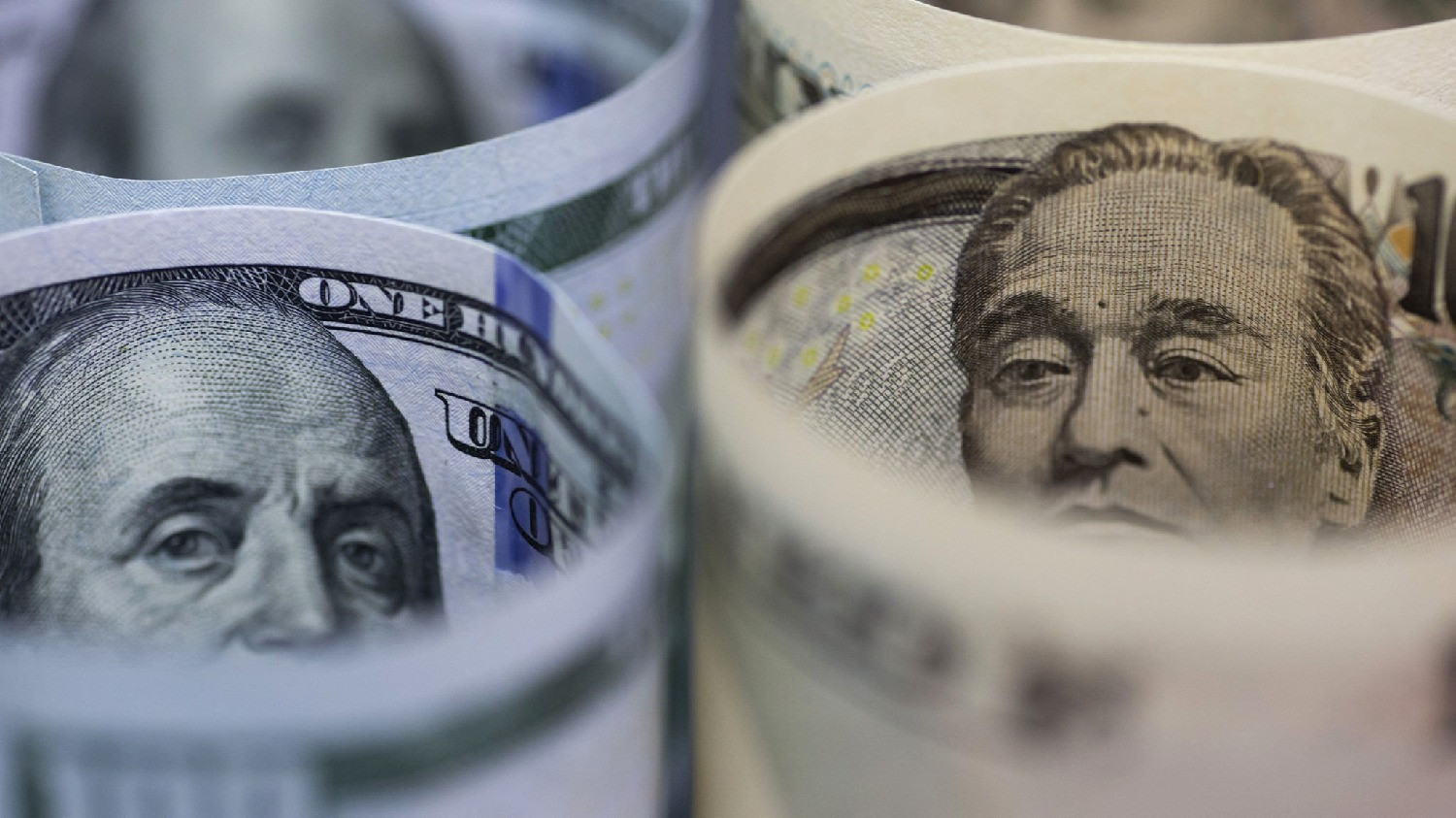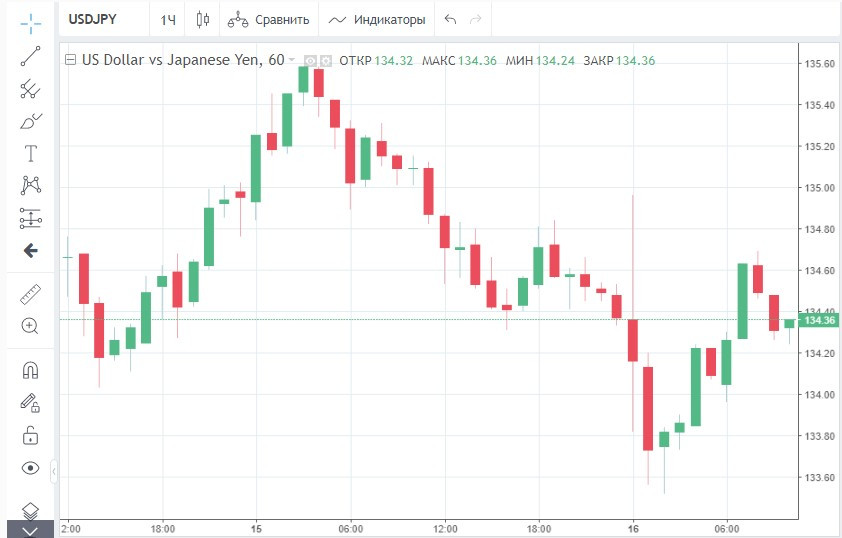
USD/JPY went on a rollercoaster ride yesterday after the US Federal Reserve raised rates by 75bp. Don't loosen your belts as more course turbulence is expected in the coming days
The US central bank's decision did not come as a surprise to the markets.
The latest jump in the US consumer price index to 8.6% made it clear that the Fed intends to tighten its grip.
As predicted, at Wednesday's meeting the central bank raised interest rates by 75 bp.
The fact that the Fed went for the biggest increase in the rate since 1994 sent the dollar skyrocketing in almost every direction.
However, a little later on the charts, the opposite situation was already observed. The greenback dipped just as steeply as investors weighed in on the US central bank's rate plans.
Politicians lowered inflation expectations for both the current year and 2023, and also hinted at the next rate hike by either 50 bp or 75 bp.
The Fed's rejection of the possibility of a 100 bp rate hike literally plunged the dollar. The USD/JPY fell to 133.75, after hitting a new 24-year high of 135.50 in previous deals.
This morning, the yen turned around again and took the already familiar downward route. The Japanese currency returned to the lowest level since 1998 at 135.

Meanwhile, currency strategists note that in the short term the dollar-yen pair will remain highly volatile, and warn of even greater exchange rate turbulence.
Ahead and after the 2-day meeting of the Bank of Japan, which will be held on June 16-17, the range of fluctuations of the USD/JPY pair may be at least 7 points.
According to experts, during this period, the yen will trade from 131.05 to 138.08 per dollar. Thus, its weekly volatility will approach the highest level since 2020.
The jumps in the rate will be due to the ambiguous expectations of the market regarding the further policy of the Japanese central bank. As you know, BOJ stands out among its colleagues with its ardent commitment to a soft monetary rate.
BOJ Governor Haruhiko Kuroda continues to insist that it is too early to cut stimulus and raise rates, because inflation in the country remains relatively moderate.
In April, consumer prices in Japan exceeded the BOJ target of 2% for the first time in seven years and reached 2.1% year on year.
Nevertheless, in the future, Kuroda does not expect a significant increase in inflation. And until recently, this confidence has helped him stick to a dovish line, despite the global tightening trend.
However, can the head of the BOJ continue in the same vein amid the ongoing depreciation of the yen?
The decline in the Japanese currency has already significantly worsened the position of the world's third largest economy and overshadowed its prospects.
This morning, the Japanese government announced that in May the country faced the largest increase in the trade deficit in eight years.
Imports rose 48.9% year-on-year last month, outpacing exports by 15.8%, according to Japan's Ministry of Finance data. This resulted in a trade deficit of 2.385 trillion yen ($17.80 billion).
The trade balance with a negative balance testifies to the widespread consumption of foreign goods, the value of which continues to rise steadily.
This exacerbates the already sad situation of Japanese consumers, suffering from rising energy and food prices. Therefore, it is possible that Kuroda may change his mind dramatically and throw out a surprise tomorrow.
Given his behavior in the past, this is quite likely. As a reminder, before settling on the current policy, which is known as yield curve control, in 2016 the official shocked the markets with an unexpected move to negative interest rates.
Some analysts do not rule out the BOJ's surrender in the near future. If Kuroda gives even the slightest hint that he intends to reduce his asset purchases or raise rates, this will further increase the volatility of the market.
In this case, we should expect a big sale of Japanese bonds, a sharp increase in their yield and, as a result, an increase in demand for the yen.
According to experts, a change in the yield curve control policy could lead to a fall in the USD/JPY pair by 3-4% from the current level.
And if Kuroda declares on Friday that he remains true to his position, we will be able to see the continuation of the rally of this currency pair.
Analysts at Credit Suisse expect the greenback to rise to 142 against the yen.





















